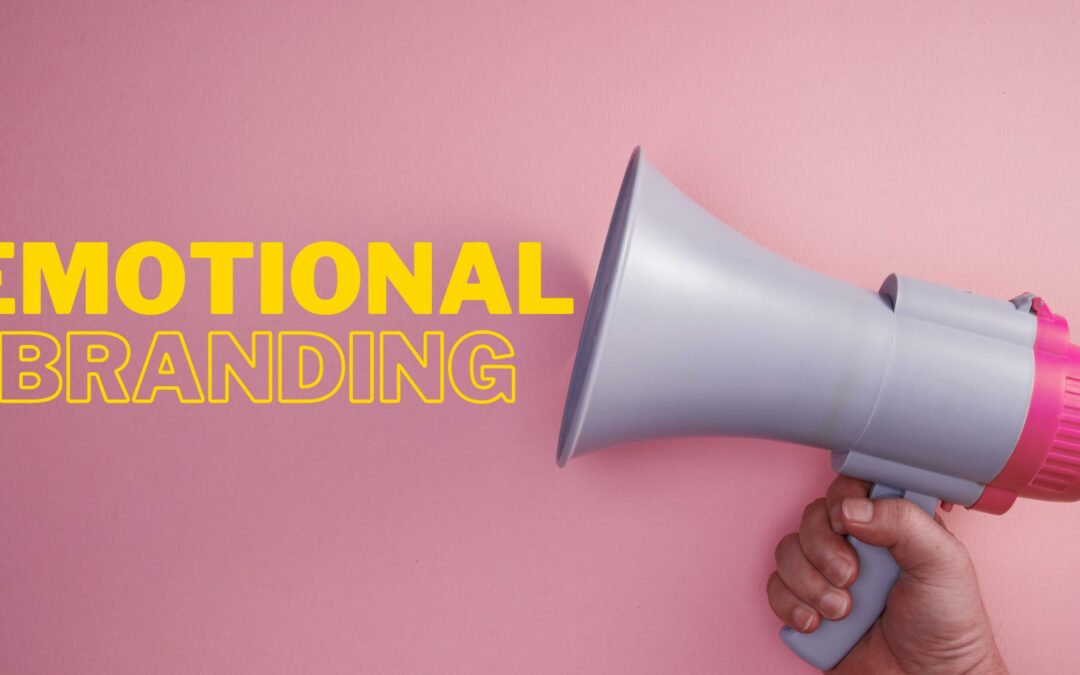People are expecting more than just traditional branding from brands. They’re expecting emotions. They’re expecting immersion. They are expecting to have all their senses engaged. This helps the brand and audience build a deeper emotional connection and that is immersive emotional branding. It is visuals but it is also so much more than that.
Contents
- 1 Why does it matter in 2025:
- 2 Key elements of immersive emotional branding:
- 3 How are brands applying immersive emotional branding in real life?
- 4 Table: Traditional vs Immersive Emotional Branding
- 5 What are the challenges of immersive emotional branding and how can brands overcome them?
- 6 How can your business build an immersive emotional branding strategy in 2025?
- 7 What has emotional branding come to?
- 8 FAQs
Why does it matter in 2025:
- Customers are moving away from image ads and toward full sensory experiences.
- AR, VR, and mixed reality are more attainable for brands than they’ve ever been.
- It forms significant, lasting emotional connections with customers.
- It makes brands differentiate in a saturated digital landscape.
Actually, it is a fact that 63% of the consumers want multisensory brand experiences and out of that 82% expect as many senses to be activated as possible.
Key elements of immersive emotional branding:
- Multi-sensory design (sound, texture, space)
- Story-led brand experiences
- AR/VR-driven interactivity
- Community-led participation
A study in 2024, by Yadav and Aggarwal found that immersive branding elements like sight, sound, texture, etc., strongly influence perceived brand uniqueness and experience.
How are brands applying immersive emotional branding in real life?
In 2025, leading brands are reinventing emotional branding with technology, narrative, and experience design.
Common strategies include:
- AR/VR experiences that allow customers to discover a world of products virtually.
- Hybrid campaigns that combine digital and physical brand interactions.
- Sensory branding that engages sight, sound, smell, and touch for building brand memory.
- Interactive storytelling that converts viewers to participants.
- Improved UI/UX design services that make every digital component evoke an emotion.
Research by Gurunathan (2025) shows that emotional branding significantly enhances brand recall and loyalty, often outweighing rational factors like price or product quality.
Also read: Have you always wondered how powerful branding is? Read our blog about the power of branding elements and strategies to know more!
Table: Traditional vs Immersive Emotional Branding
| Feature | Traditional Branding | Immersive Emotional Branding (2025) |
| Primary focus | Visual identity | Multi-sensory experience |
| Consumer role | Passive viewer | Active participant |
| Experience type | Static message | Interactive journey |
| Use of technology | Limited media | AR/VR, hybrid spaces |
| Emotional connection | Surface level | Deep and lasting |
| Data usage | Demographic targeting | Real-time behavioral personalization |
What are the challenges of immersive emotional branding and how can brands overcome them?
Immersive emotional branding provides rich engagement but also poses distinct challenges.
Common challenges:
- Expensive set-up costs for immersive technologies such as AR/VR.
- Risk of coming across as fake or over-produced.
- Privacy and ethical concerns from personalization data.
- Difficulty ensuring brand consistency across channels.
How to overcome these challenges:
- Start with small-scale immersive projects before scaling up.
- Prioritize honest emotional storytelling rather than tech cool.
- Collaborate with trustful UI/UX and experience design professionals.
- Ensure transparent communication regarding data privacy and use.
- Keep the emotional essence of the brand at the forefront of every campaign.
How can your business build an immersive emotional branding strategy in 2025?
To make immersive branding work, align emotion, experience, and technology.
Step-by-step guide:
- Determine the core emotion your brand embodies.
- Plot every customer interaction and organize sensory improvement.
- Design engaging experiences that invite participation.
- Use storytelling to engage product, purpose, and audience emotion.
- Work with a creative digital marketing agency to bring your vision to life.
- Use emotional impact measurement through engagement and recall metrics, not clicks.
What has emotional branding come to?
As we go further into 2025, emotional branding is no longer what audiences can see. It’s what they feel. Immersive experiences that combine storytelling, sensory connection, and technology are resetting how brands forge trust and loyalty. Collaborating with the best digital marketing agency in Bangalore will get you there sooner than you think. From soundscapes and scent marketing to AI-personalized interaction, the future belongs to brands that break past visuals and connect with the human spirit. In a world of unlimited options, it’s not the loudest voice that prevails, it’s the one that reaches the heart and remains there.
FAQs
1. What is immersive emotional branding?
It is a branding approach that uses multiple senses, interactive technology, and storytelling to create deeper emotional connections between brands and consumers.
2. Is immersive emotional branding only for large brands?
No. Smaller brands can start with simpler tools like AR filters, live experiences, or sensory pop-ups to connect emotionally with their audience.
3. How can technology enhance emotional branding?
AR, VR, and AI tools allow brands to personalize experiences, create virtual spaces, and make emotional connections stronger through real-time interaction.

